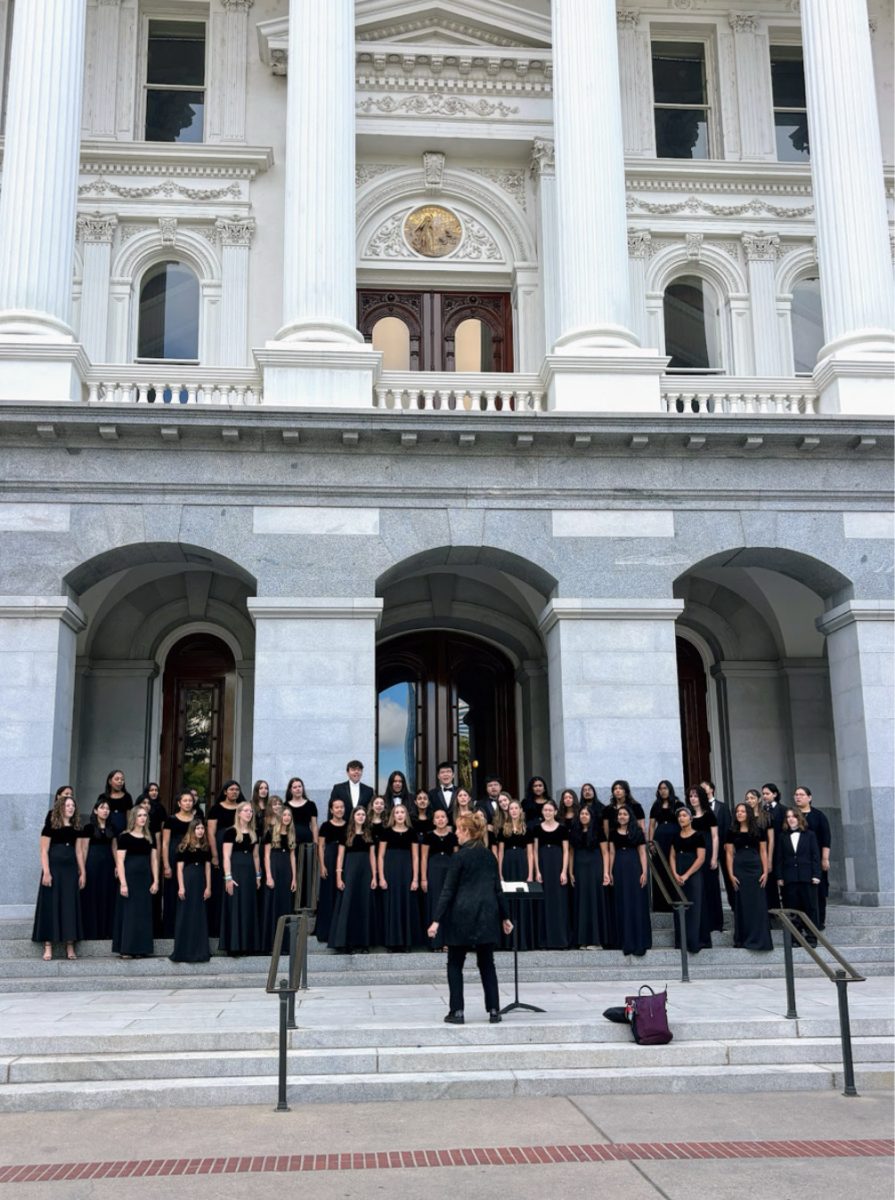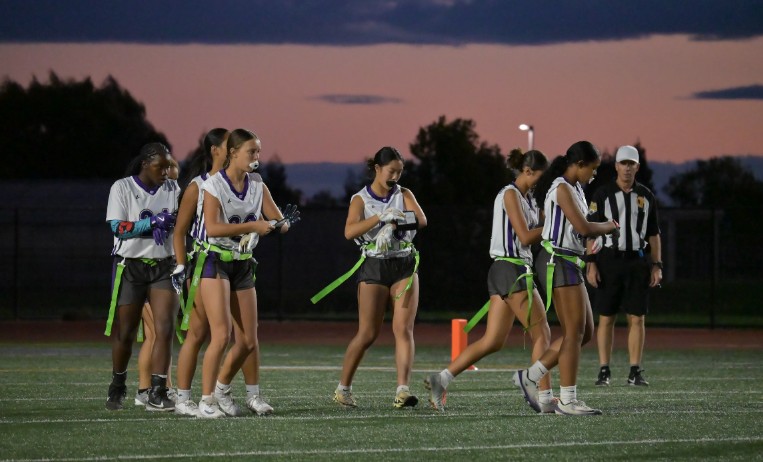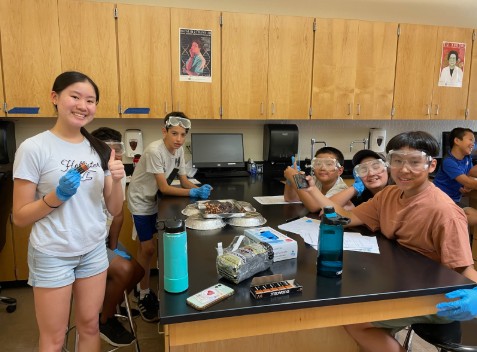As technology constantly changes, so does its relationship with students. The question is whether those changes are more help or hindrance, at Cordova High and beyond.
According to an article in the Los Angeles Times, people are becoming too dependent on technology – and that has led to addiction issues.
Cordova High staff work under the assumption that technology presents both potential problems and benefits for students.
Joshua Creeger, the activities director on campus who also teaches video production, anatomy and physiology, said computers play a crucial part in his classes, especially when it comes to video production.
“In my video production class, we use them every day,” Creeger said. “We use Adobe Software Premiere Pro for after effects, and Adobe Edition. It’s an editing-heavy class, so after we film, we have to edit our videos.”
Creeger said running the classes without technological equipment would be nearly impossible.
“In today’s video world, there is no way to manipulate film and then edit it, unless it’s on the computer,” Creeger said.
Creeger said computers also play other roles in class. For instance, students in his science classes use them to record their dissections and then present and discuss them via Google slides.
However, Creeger acknowledged that computers are sometimes exploited for inappropriate purposes.
“In my video production class, kids would use them to play video games and do other things,” he said.
According to math teacher Frank Murrieta, computers and technology play vital roles within his classes.
“Students do their homework assignments on (Clever), our digital platform,” Murrieta said. “I would prefer more paper and pencil work than computer work, because – specifically math – it’s very important for me to see their process versus just seeing a right or wrong response. But the flip side of that is, when they are doing homework on the digital platform, they get immediate feedback … versus me taking a few days giving their homework back to them.”
Murrieta also emphasized technology’s impact on efficiency and lesson delivery.
“The Promethean Board is extremely helpful, and it would be much more time consuming for me to draw out long equations and complicated graphs,” Murrieta stated. “And I would be able to do fewer or shorter-length lessons if I just had a white board.”
Junior Brian Rangel said technology helps him learn.
“One advantage of using computers in classes is how fast work can be done,” Rangel said. “It’s better than having to use pencil and paper.”
In the 21st century, Rangel said exposure to technology is critical.
“The exposure is important to students, as not only does it help students achieve academic success, but also helps them later in life – career, jobs, etcetera,” Rangel said.
Rangel agreed that technology has its upsides and downsides.
“Technology is certainly a good thing – as long as it’s managed correctly,” Murrieta said. “It can be a distraction for some students. … But in reality, their phones are a bigger issue than the computers. But they’re really only a distraction when students have open work time – because they never use computers when I’m delivering a lesson.”
For Murrieta, technology’s advantages outweigh its disadvantages.
“Students in today’s world certainly need exposure and opportunity to learn how to effectively use their computers,” Murrieta said. “Because if that’s not something that they’re exposed to, and as they head to college, university or a career, there are going to be very few careers where they won’t be regularly using technology. So they definitely need at least some exposure to technology.”








